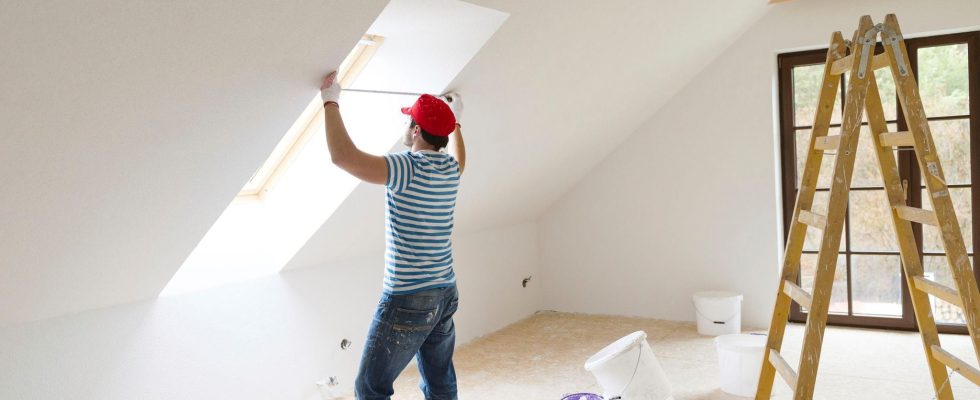The ax is getting closer for landlords whose housing is classified as G, the worst rating in the energy performance diagnosis (DPE). These properties can no longer be rented from January 1, 2025 because they will then be deemed indecent. This ban will affect properties in category F from 2028 and those in E in 2034. All these constraints have been widely perceived by owners, an increasing number of whom are selling this type of housing. The reason ? Many do not want or cannot undertake long and expensive work. “Others are aware that prices are falling and that thermal strainers, which already sell for 15 to 20% less than the market, will fall further in the years to come,” notes Frank Béasse, director of Century 21 in Issy. -les-Moulineaux.
If you are looking to invest in stone, buying a thermal strainer by negotiating its price and then restoring it can still make it possible to carry out a great operation. Especially in large cities, where a large part of the rental stock is made up of small, poorly classified spaces and where rental demand is high. Before you start, be aware that the DPE calculation method is identical for all buildings. However, small areas are penalized by the algorithm, because “they display a poor ratio between wasteful areas and habitable space,” explains Sophie Renoux, co-manager of the Expertim firm in La Rochelle. DPE in a studio than in a supermarket.”
The region also plays an important role. “In a mountain area where the climate is colder, energy consumption per square meter is higher than that of housing located in a warmer region,” explains David Gonthier, administrator of the National Union of Real Estate Owners. (UNPI) of Hautes-Alpes.
A good reflex is not to focus on the letter of the DPE alone, but to examine the primary energy consumption of the property. Because two housings in F can either come close to E or G. With a comparable label, it will be easier to improve the performance of the first than the second. It is also necessary to verify that the planned work will be effective. “Improving the DPE letter and carrying out work that will actually make housing less energy-intensive does not amount to the same thing,” warns David Gonthier.
For example, diagnosticians often recommend changing windows and installing more efficient radiators to improve your score, but according to the Environment and Energy Management Agency, the main sources of losses of heat are concentrated on the roof (25 to 30%), the walls (20 to 25%) and the renewed air and leaks (20 to 25%). The overall renovation of the building, that is to say exterior insulation of its facade and roof, will therefore be much more effective. However, this type of project is only possible if the co-ownership agrees to vote for such work.
To take these limits into account, a recent decree specified that certain housing units would be exempt from insulation work. This will be the case for those for which the construction site risks damaging the building (for example, the installation of a plastic film blocking air loss on a wooden facade which must breathe), if the town planning department opposes the work (the installation of a heat pump is prohibited in all historic town centers) or if you prove that the most efficient work has been prohibited to you (refusal of the other co-owners for example).
Unfortunately, in these three cases, the decree “does not specify under what conditions poorly classified housing which meets these conditions can actually be rented”, underlines Frédéric Zumbiehl, lawyer at the UNPI. A dangerous legal vagueness… Because, in such a situation, if a tenant attacks you after the dates which make the accommodation indecent, the interpretation of the decree will be left to the judge.
